The Egyptian Mau: Living Speed Demons of the Nile
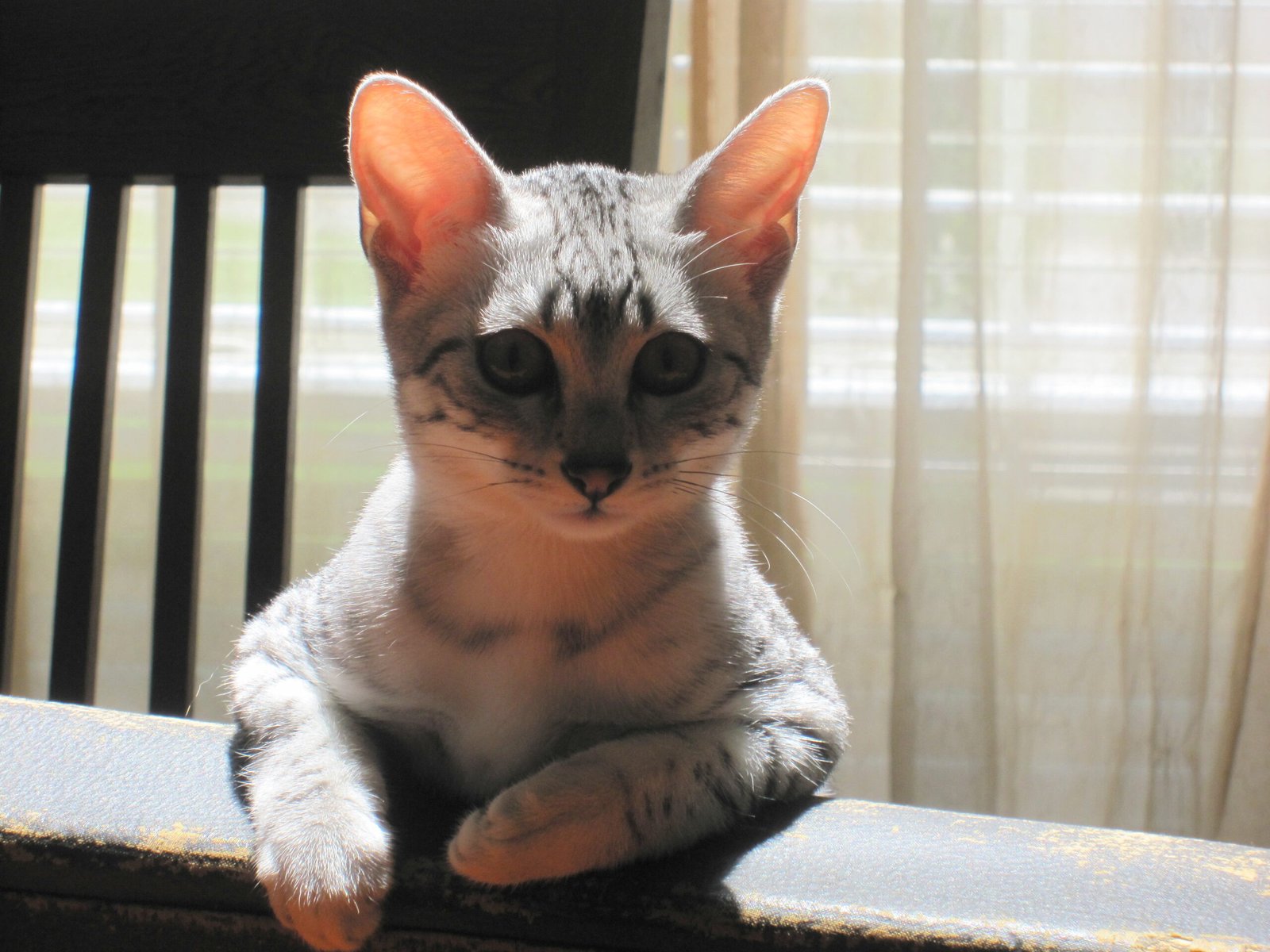
Picture this: your house cat hitting 30 miles per hour while chasing a toy mouse across your living room. The Egyptian Mau isn’t just fast—it’s the fastest domestic cat breed on Earth. These spotted beauties have been sprinting through history for over 3,000 years, with their distinctive silver, bronze, or smoke coats making them look like they stepped straight out of an ancient Egyptian tomb painting.
What makes them truly special isn’t just their speed, though. These cats have naturally occurring spots that aren’t just on their fur—the skin underneath is spotted too. It’s like nature gave them permanent racing stripes. Their hind legs are longer than their front legs, creating that distinctive “tippy-toe” stance that screams “I’m about to bolt.”
Abyssinian Cats: The Rabbit-Like Tricksters
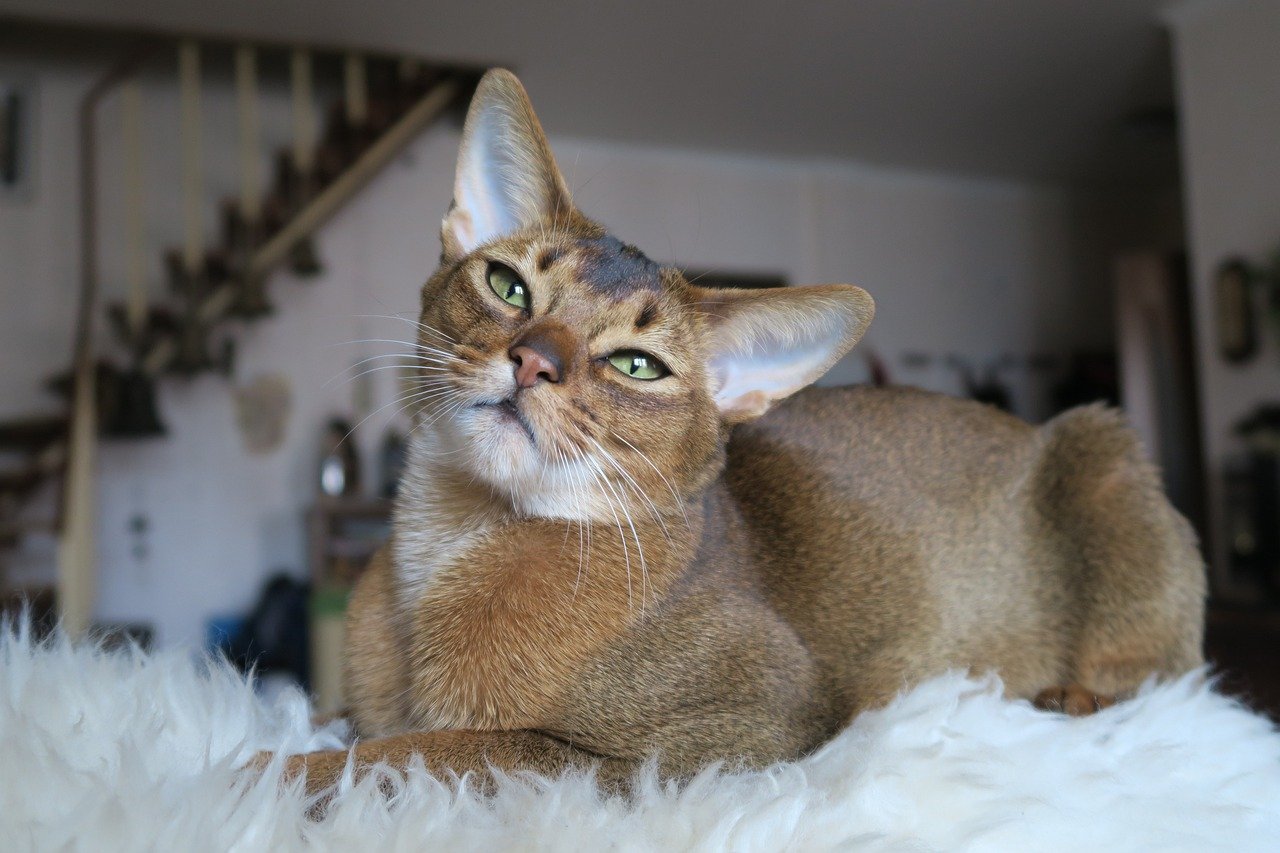
Don’t let their rabbit-like appearance fool you—Abyssinians are pure feline mischief wrapped in a ticked coat. These cats don’t just walk; they prance around like they own the place, which honestly, they probably do. Their coat pattern, called “ticking,” gives each hair multiple colors, creating an almost shimmering effect that changes as they move.
Here’s the kicker: Abyssinians are basically the comedians of the cat world. They’ll open cabinets, turn on faucets, and somehow figure out how to get into places that should be physically impossible. One minute they’re sitting quietly, the next they’re hanging from your chandelier like a furry acrobat.
Turkish Angora: The Swimming Cats That Break All Rules
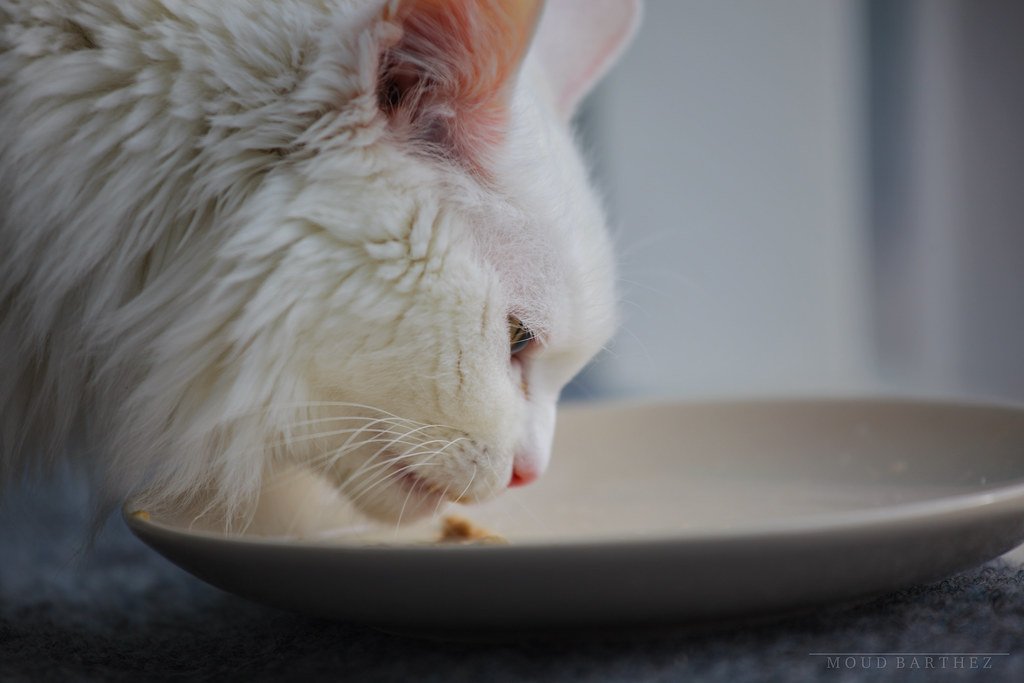
Most cats treat water like it’s liquid kryptonite, but Turkish Angoras? They dive right in. These elegant, long-haired beauties have been making waves—literally—since the 1600s in Turkey. Their silky coats don’t mat easily, which probably explains why they’re not afraid of getting wet.
What really sets them apart is their eyes. Turkish Angoras often have heterochromia, meaning one blue eye and one amber eye. In Turkish culture, these odd-eyed cats are considered especially lucky. They’re also incredibly vocal and will hold full conversations with their humans, complete with head tilts and paw gestures.
Siamese Cats: The Original Velcro Pets
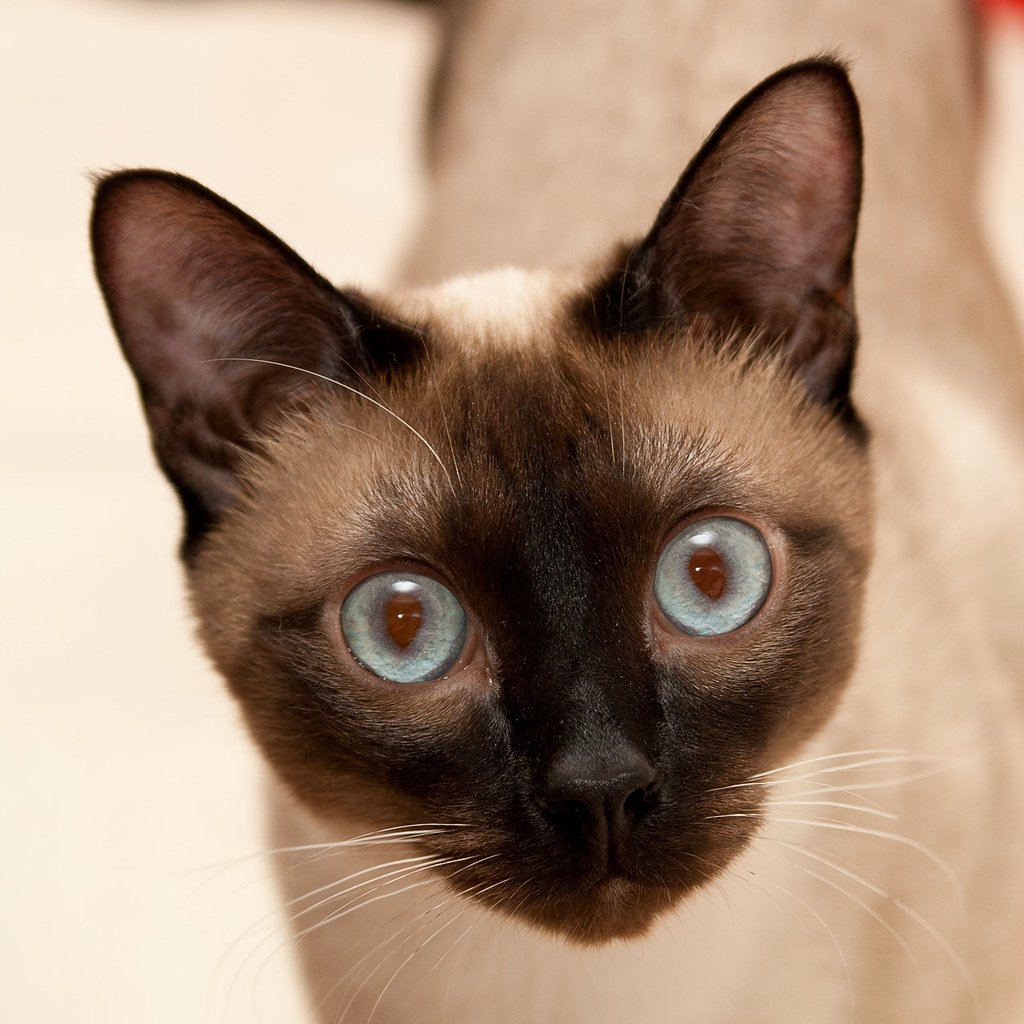
Before “clingy” became a relationship red flag, Siamese cats perfected the art of being utterly devoted. These cats don’t just want attention—they demand it, loudly and dramatically. Their distinctive yowling isn’t just noise; it’s a complex communication system that sounds like they’re either singing opera or complaining about the service at a five-star restaurant.
Siamese cats are temperature-sensitive, which means their coloring literally changes based on how warm or cool they are. Kittens are born completely white and develop their darker points as they grow. It’s like having a living, breathing mood ring that also happens to knock things off your coffee table.
Persian Cats: The High-Maintenance Royalty

Persian cats are the ultimate divas of the feline world, and they know it. With their pushed-in faces and floor-length coats, they look like they just stepped out of a cat beauty salon. These cats have been living the luxurious life since ancient Persia, where they were probably getting daily grooming sessions and eating from golden bowls.
But here’s what’s funny: despite their glamorous appearance, Persians are surprisingly chill. They’re perfectly content to spend hours lounging in a sunny spot, looking beautiful and judging everyone who walks by. Their calm demeanor makes them excellent therapy cats, though good luck explaining to them that their daily brushing routine is non-negotiable.
The DNA Detective Story: Tracing Ancient Bloodlines
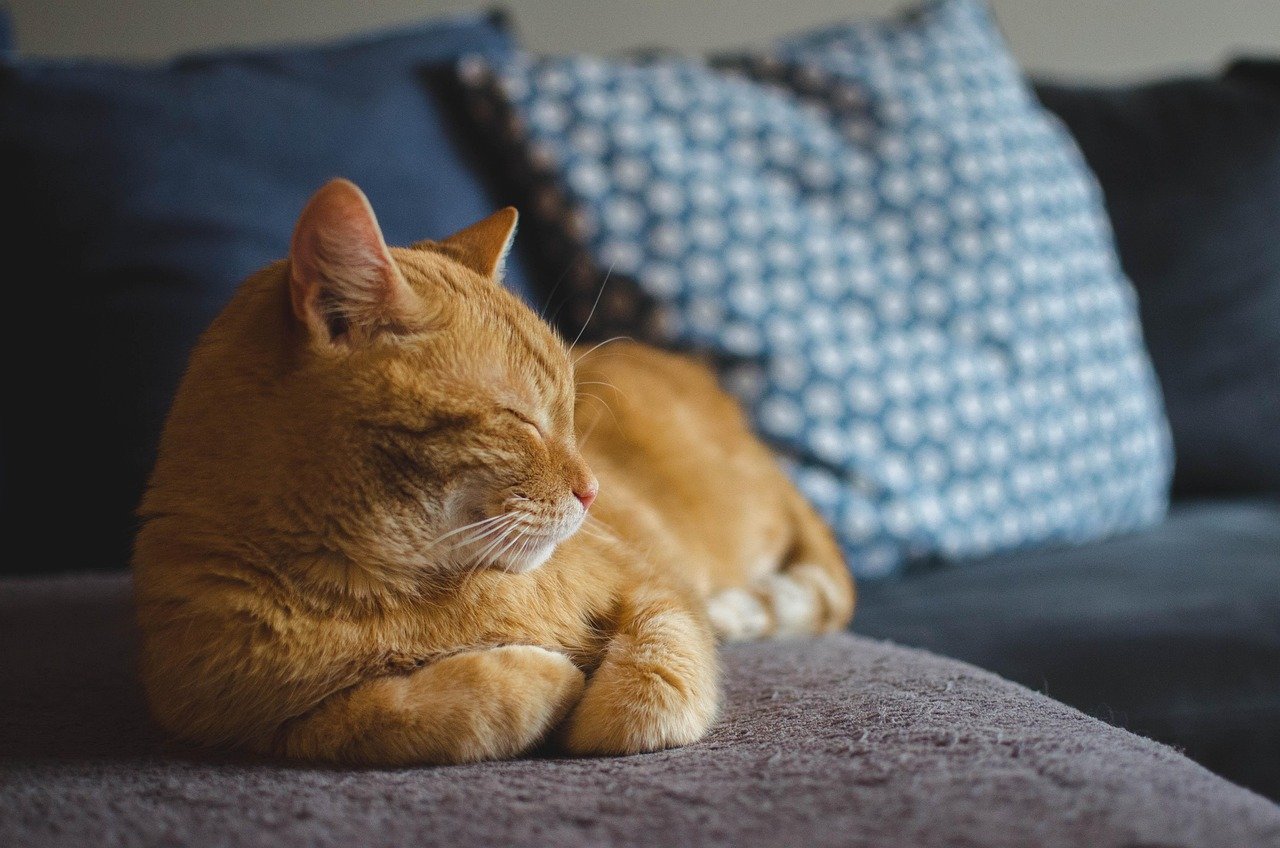
Modern genetic testing has revealed some mind-blowing connections between today’s house cats and ancient felines. Scientists have traced certain breeds back thousands of years, finding DNA markers that link our pampered pets to cats that once roamed Egyptian temples and Persian palaces. It’s like having a furry time machine sitting in your living room.
The most surprising discovery? Many of these ancient breeds share common ancestors with African wildcats, which explains why your house cat still has that predatory instinct when stalking a dust bunny. These genetic breadcrumbs tell a story of trade routes, royal gifts, and cats who literally sailed across oceans to spread their superior genes.
Sacred Cats and Temple Guardians

In ancient Egypt, cats weren’t just pets—they were living deities. The goddess Bastet, depicted with a cat’s head, was the protector of homes and pregnant women. Killing a cat, even accidentally, was punishable by death. These weren’t just superstitions; cats were literally saving Egyptian civilization by protecting grain stores from rodents.
Temple cats lived better than most humans, with their own priests and daily offerings of food and milk. When a family cat died, the entire household would shave their eyebrows in mourning. Some cats were even mummified and buried with their owners, because apparently, the afterlife needed good pest control too.
The Great Cat Smuggling Operations
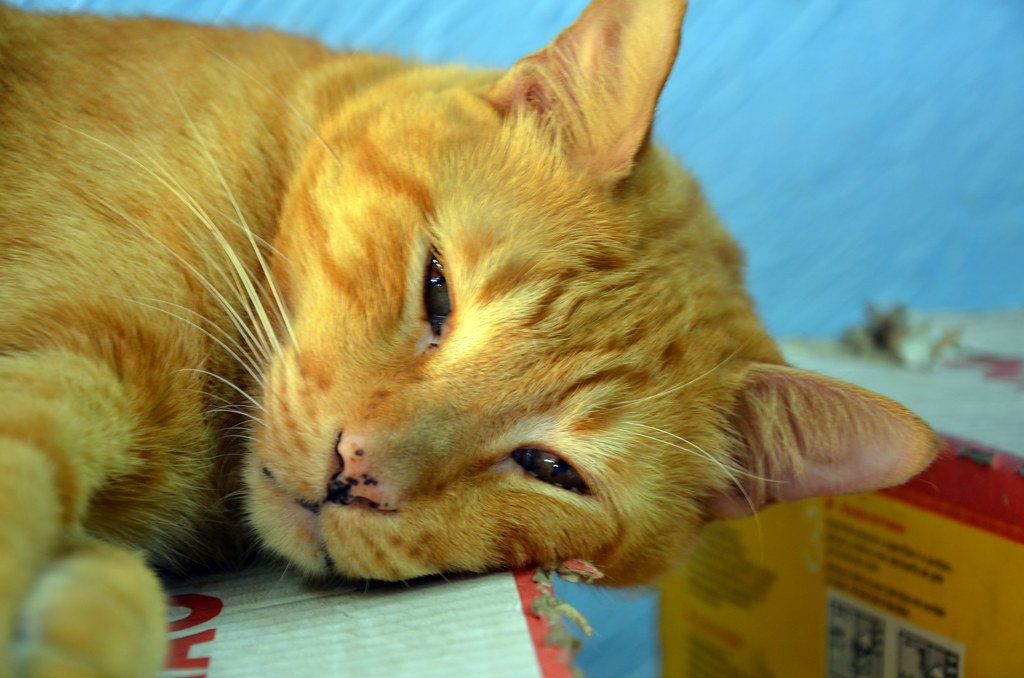
Ancient Egyptians were so protective of their cats that they made it illegal to export them. But cats, being cats, found a way around this restriction. Phoenician traders secretly smuggled cats out of Egypt, spreading these prized animals across the Mediterranean. It was basically the world’s first international cat trafficking ring.
These smuggled cats became the foundation for many European breeds. Each region adapted the cats to their climate and preferences, creating the diverse breeds we know today. So technically, your house cat might be the descendant of an ancient Egyptian jailbreak artist.
Royal Breeding Programs and Cat Dynasties

Persian and Turkish courts ran sophisticated breeding programs that would make modern cat breeders jealous. They kept detailed records of bloodlines, tracked genetic traits, and even had cat “marriage brokers” who arranged strategic pairings. These weren’t just pets; they were living status symbols worth more than gold.
The most prized cats were given names, titles, and their own servants. Some Persian cats had their own silk cushions and were fed from jeweled dishes. Royal cats often had better living conditions than common people, which honestly doesn’t sound that different from today’s pampered house cats.
Modern Science Meets Ancient Legends
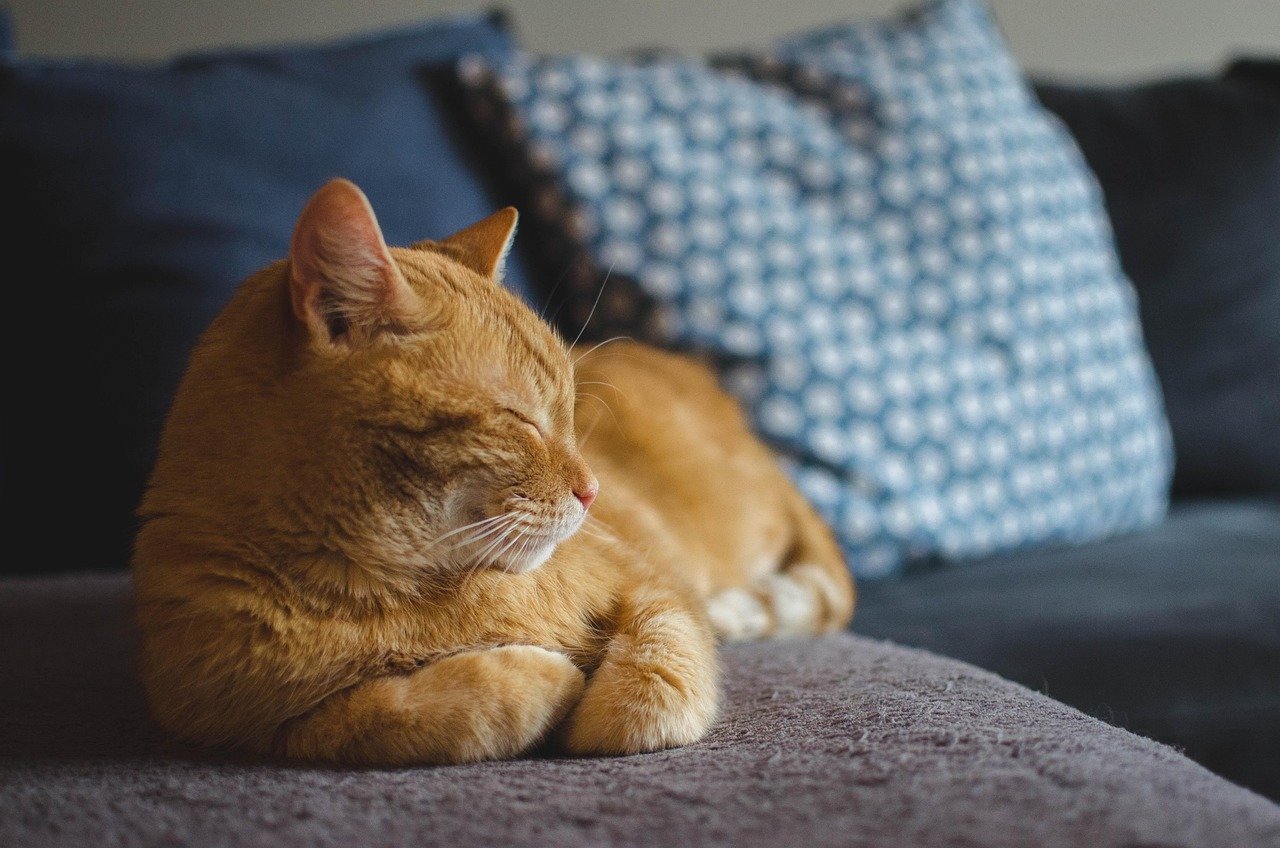
Today’s genetic research is confirming what ancient texts claimed all along—these breeds really are as old as the legends say. DNA analysis has revealed that some breeds have remained virtually unchanged for over 2,000 years. It’s like finding out that your family recipe for chocolate chip cookies is actually a 500-year-old secret formula.
The most exciting discovery is that these ancient breeds carry genetic markers that are almost extinct in modern cats. They’re living genetic libraries, preserving traits that existed when humans were still figuring out agriculture. Your Persian cat might literally carry genes that were present when the pyramids were being built.
The Legacy Lives On

These ancient breeds didn’t just survive—they thrived, adapting to modern life while maintaining their regal bearing. They’ve gone from protecting Egyptian grain stores to knocking over your coffee mug, but they still carry themselves with that unmistakable ancient dignity. Every time your cat ignores you when you call their name, they’re channeling thousands of years of feline superiority.
The connection between these modern cats and their ancient ancestors isn’t just genetic—it’s behavioral. They still hunt, mark territory, and demand respect exactly like their temple-dwelling ancestors. The only difference is that now they’re protecting your house from dust bunnies instead of sacred grain stores.
Conclusion: Your Living Link to History
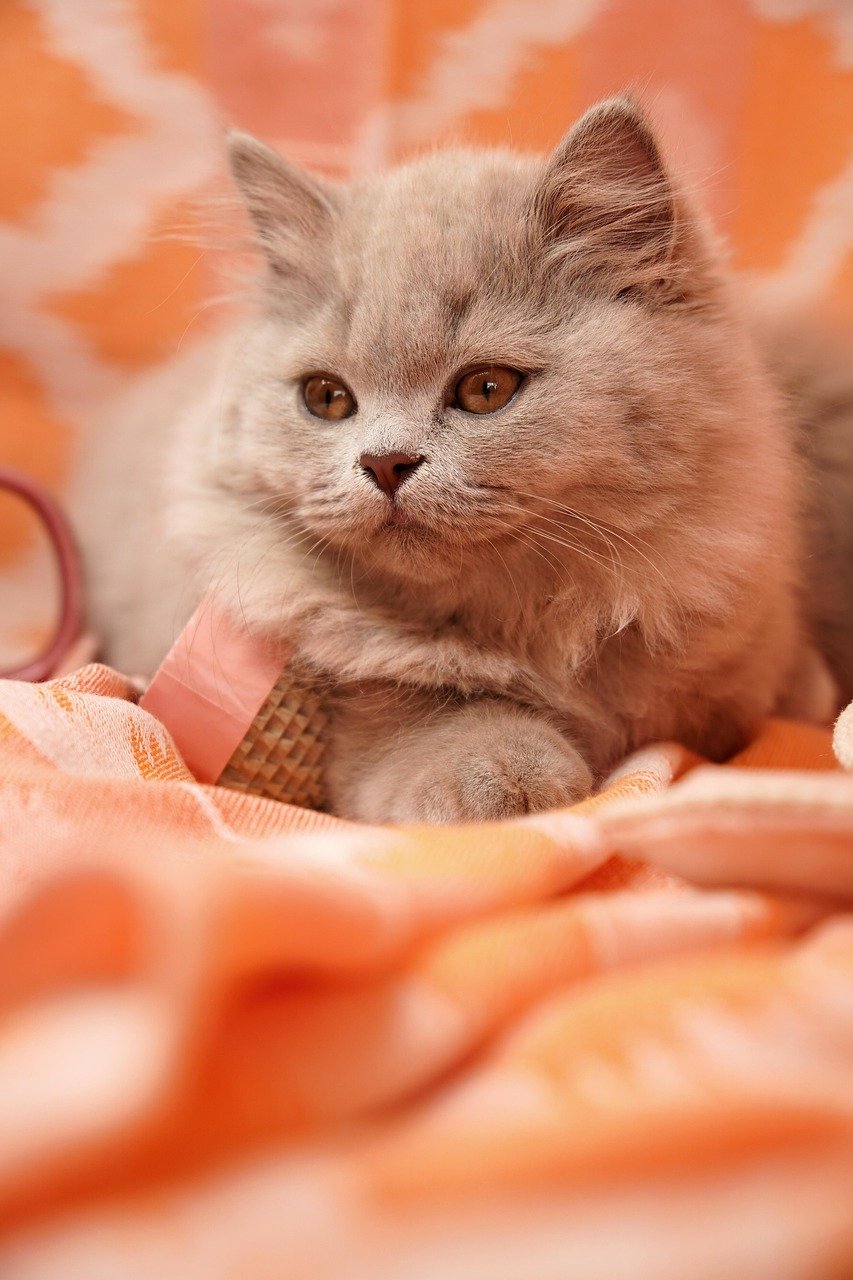
Next time you watch your cat lounging in a sunny spot, remember that you’re looking at a living piece of history. These breeds have witnessed the rise and fall of empires, traveled across continents, and somehow managed to convince humans that they deserve premium food and daily brushing sessions. They’ve mastered the art of being simultaneously independent and completely dependent on human servants.
Whether your cat is a speed-demon Egyptian Mau or a drama-queen Siamese, they’re carrying forward a legacy that stretches back to the time of pharaohs and ancient temples. Did you ever imagine that your house cat might be more historically significant than most museum artifacts?
Hi, I’m Bola, a passionate writer and creative strategist with a knack for crafting compelling content that educates, inspires, and connects. Over the years, I’ve honed my skills across various writing fields, including content creation, copywriting, online course development, and video scriptwriting.
When I’m not at my desk, you’ll find me exploring new ideas, reading books, or brainstorming creative ways to solve challenges. I believe that words have the power to transform, and I’m here to help you leverage that power for success.
Thanks for stopping by, Keep coming to this website to checkout new articles form me. You’d always love it!






